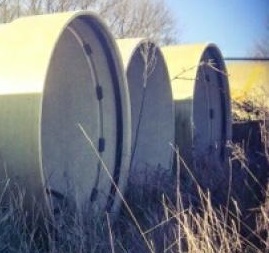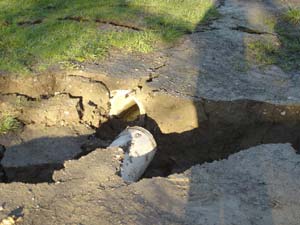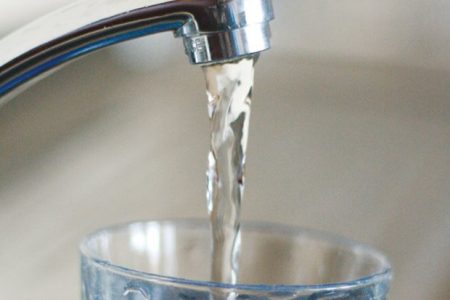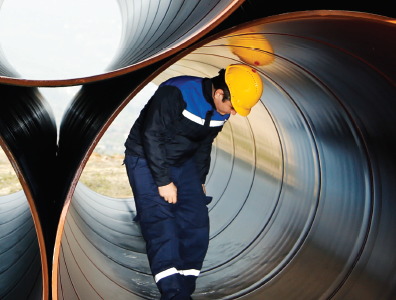
Simplified assessment method
This guideline provides a framework for assessing technical resilience of three waters piped assets.
It has been prepared to support local authorities and the private sector (including asset managers, operators and engineers) at local and regional levels with assessing technical resilience and in developing strategies to improve network resilience, and inform pre-event planning and post-event emergency support and recovery.

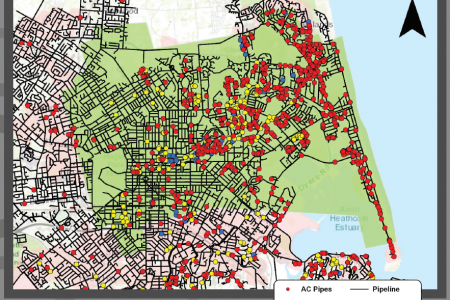
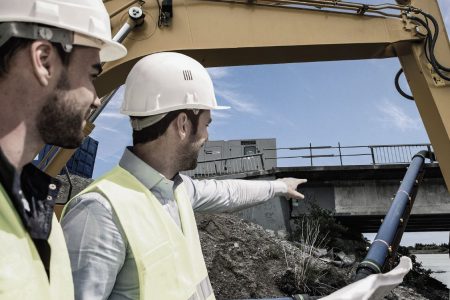
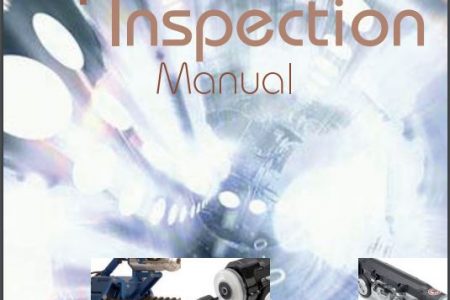
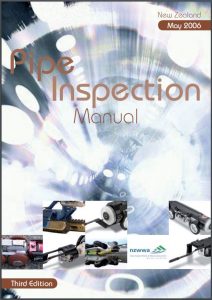 The New Zealand Pipe Inspection Manual (NZPIM) is a document that is extensively used by the water industry to assess the condition of waste and storm water pipes. It was last updated in 2006. Since that time, there have been a large number of technical advances. In addition, the NZ$100 million spent on inspecting the Christchurch 3 waters network after the Canterbury Earthquake Sequence provided a number of lessons that need to be captured in an update. As part of the Evidenced-based Decision Making for 3 Waters Networks project, the Quake Centre with the asistance of EQC engaged ProjectMax to undertake a full review and scope of the required changes to the NZPIM. This exercise has now been completed and the report is out for comment across the water sector.
The New Zealand Pipe Inspection Manual (NZPIM) is a document that is extensively used by the water industry to assess the condition of waste and storm water pipes. It was last updated in 2006. Since that time, there have been a large number of technical advances. In addition, the NZ$100 million spent on inspecting the Christchurch 3 waters network after the Canterbury Earthquake Sequence provided a number of lessons that need to be captured in an update. As part of the Evidenced-based Decision Making for 3 Waters Networks project, the Quake Centre with the asistance of EQC engaged ProjectMax to undertake a full review and scope of the required changes to the NZPIM. This exercise has now been completed and the report is out for comment across the water sector.